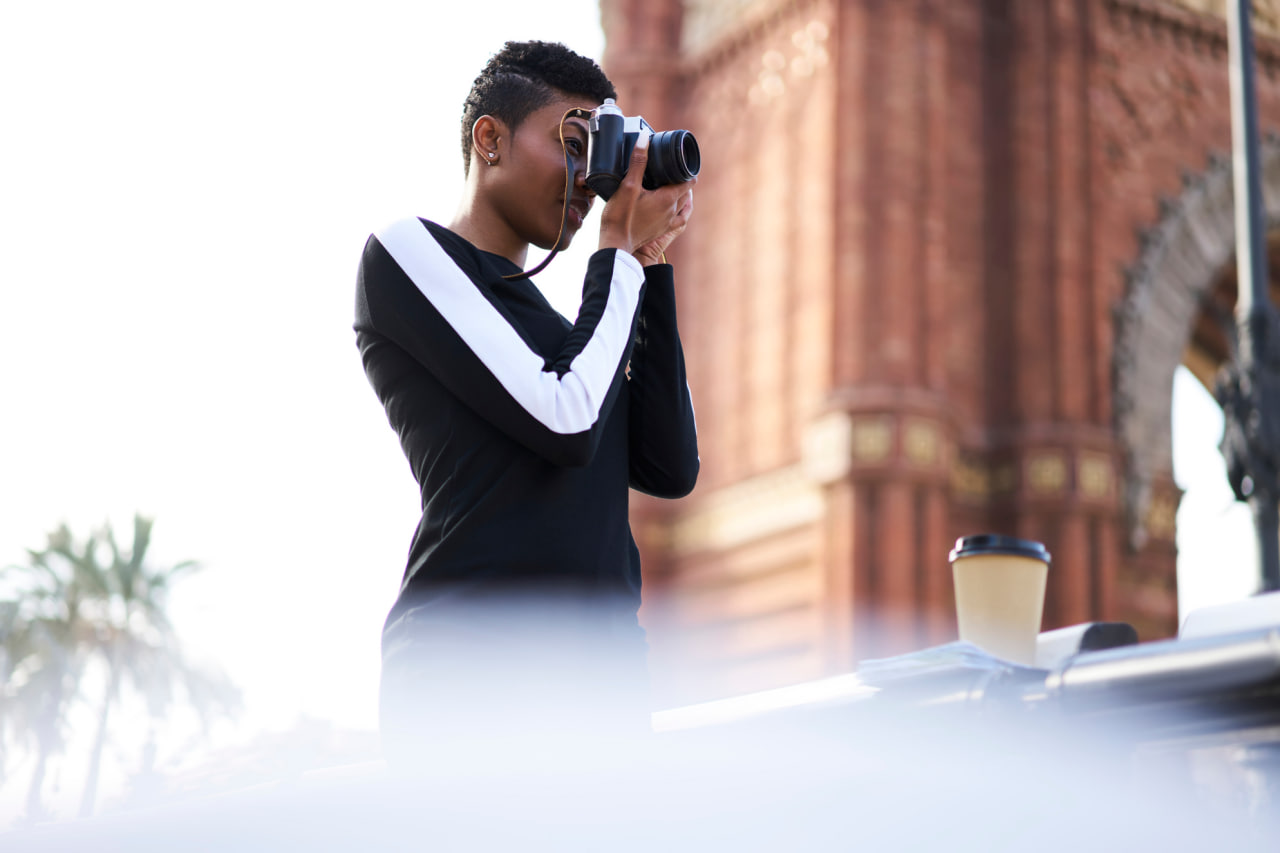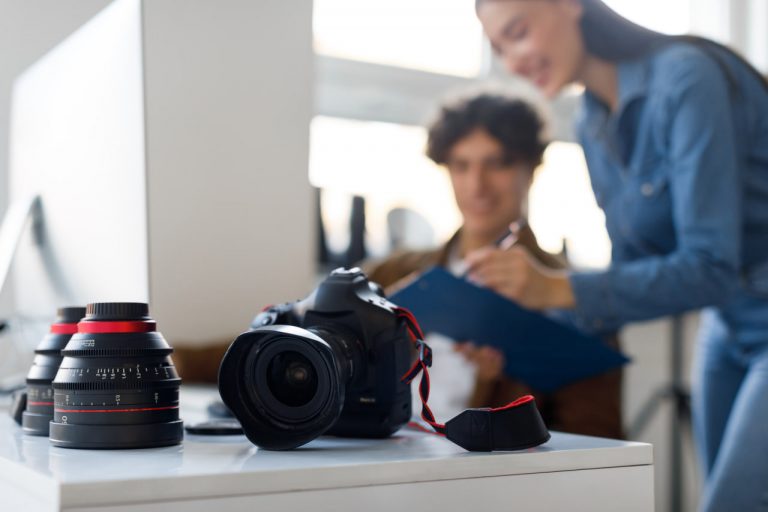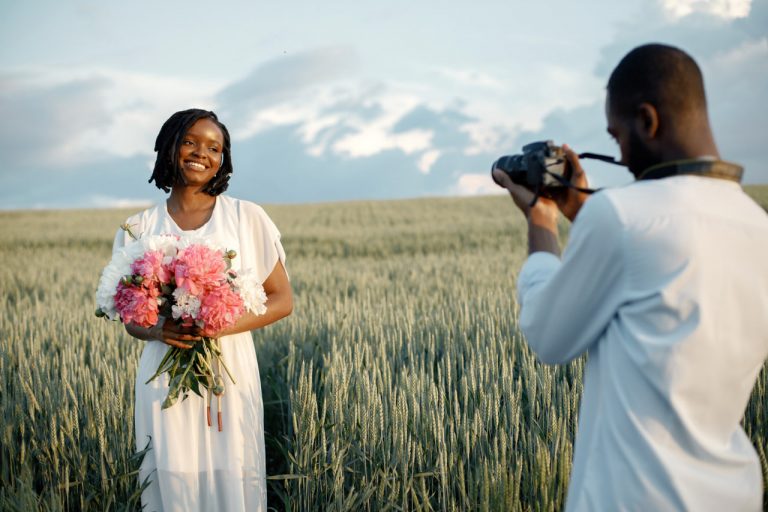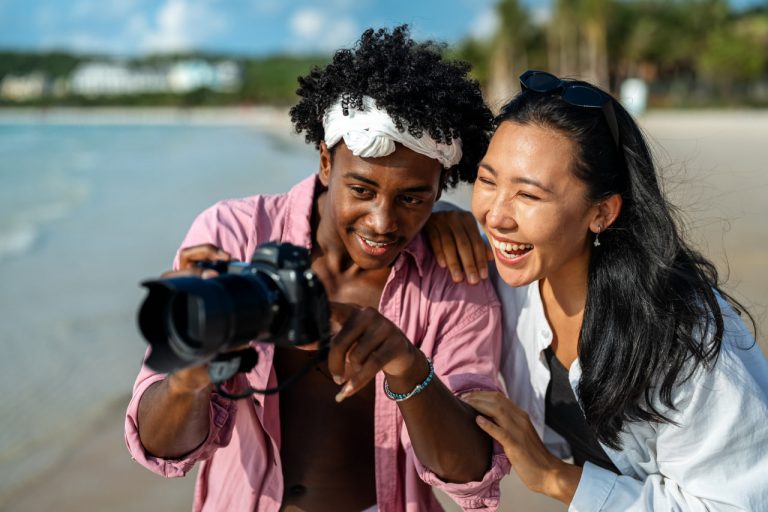Light is the essence of photography, shaping mood, depth, and visual impact. Understanding how to manipulate natural and artificial light is essential for photographers who want to create compelling, professional-quality images. Mastering light allows photographers to highlight subjects, evoke emotion, and transform ordinary scenes into stunning visual experiences.
Understanding Light in Photography
Photography literally means “drawing with light,” and every great image relies on careful attention to illumination. Light affects color, texture, contrast, and depth. Different types of light create distinct effects:
- Natural Light – Sunlight offers varying qualities depending on time of day, weather, and location.
- Artificial Light – Studio strobes, LED panels, and continuous lighting provide control over intensity, direction, and color temperature.
- Mixed Light – Combining natural and artificial sources requires skill to balance exposure and maintain cohesive colors.
Recognizing the characteristics and sources of light is the first step toward creating dynamic, visually appealing photographs.
The Quality of Light
The quality of light—whether soft, hard, directional, or diffused—dramatically affects the mood and clarity of a photograph.
- Soft Light – Diffused light reduces harsh shadows and creates gentle, flattering images, ideal for portraits.
- Hard Light – Direct, intense light produces strong shadows and highlights, adding drama and contrast.
- Directional Light – Side lighting emphasizes texture and shape, revealing depth in still life or landscape photography.
- Backlighting – Placing the light source behind the subject can create silhouettes or ethereal rim effects.
Learning to manipulate light quality allows photographers to control the tone, focus, and emotional impact of their images.
Controlling Exposure
Proper exposure is critical to harnessing light effectively. Exposure involves balancing aperture, shutter speed, and ISO to capture the desired level of brightness and detail.
- Aperture – Adjusting the aperture affects how much light reaches the sensor and influences depth of field.
- Shutter Speed – Controls the duration of light exposure, affecting motion blur and sharpness.
- ISO – Modifies the sensor’s sensitivity to light, allowing flexibility in low-light or high-contrast conditions.
Mastering exposure enables photographers to maintain clarity, prevent overexposure or underexposure, and achieve the intended visual effect.
Using Light Creatively
Beyond technical accuracy, light is a creative tool. Photographers can use it to evoke emotion, guide the viewer’s eye, and enhance storytelling.
- Golden Hour Photography – Capture warm, soft light shortly after sunrise or before sunset for dramatic landscapes or portraits.
- Silhouettes and Shadows – Play with shapes and contrast to create visually striking compositions.
- Reflectors and Diffusers – Modify light direction and intensity to highlight or soften subjects.
- Color Temperature – Adjust white balance to create warm or cool moods that complement the scene.
Creative use of light transforms ordinary scenes into expressive, memorable imagery.
Lighting in Studio Photography
Studio environments offer photographers complete control over light. Techniques include:
- Key Light Placement – Determines the main source of illumination and sets mood.
- Fill Light – Reduces shadows and balances exposure.
- Backlight and Rim Light – Separates subjects from the background and adds depth.
- Modifiers – Softboxes, umbrellas, and grids allow precise control over light spread and intensity.
Mastering studio lighting techniques is essential for portrait, product, and commercial photography.
Practical Tips for Photographers
Applying light effectively requires experimentation, observation, and practice:
- Observe Natural Light – Notice how sunlight changes during the day and its effects on subjects.
- Experiment with Angles – Move lights or change camera positions to see how shadows and highlights affect composition.
- Combine Techniques – Use natural and artificial light together for layered, nuanced effects.
- Review and Adjust – Analyze images critically and make adjustments to achieve the intended mood and exposure.
Consistent practice and awareness of lighting conditions lead to improved photographic skill and creative vision.




